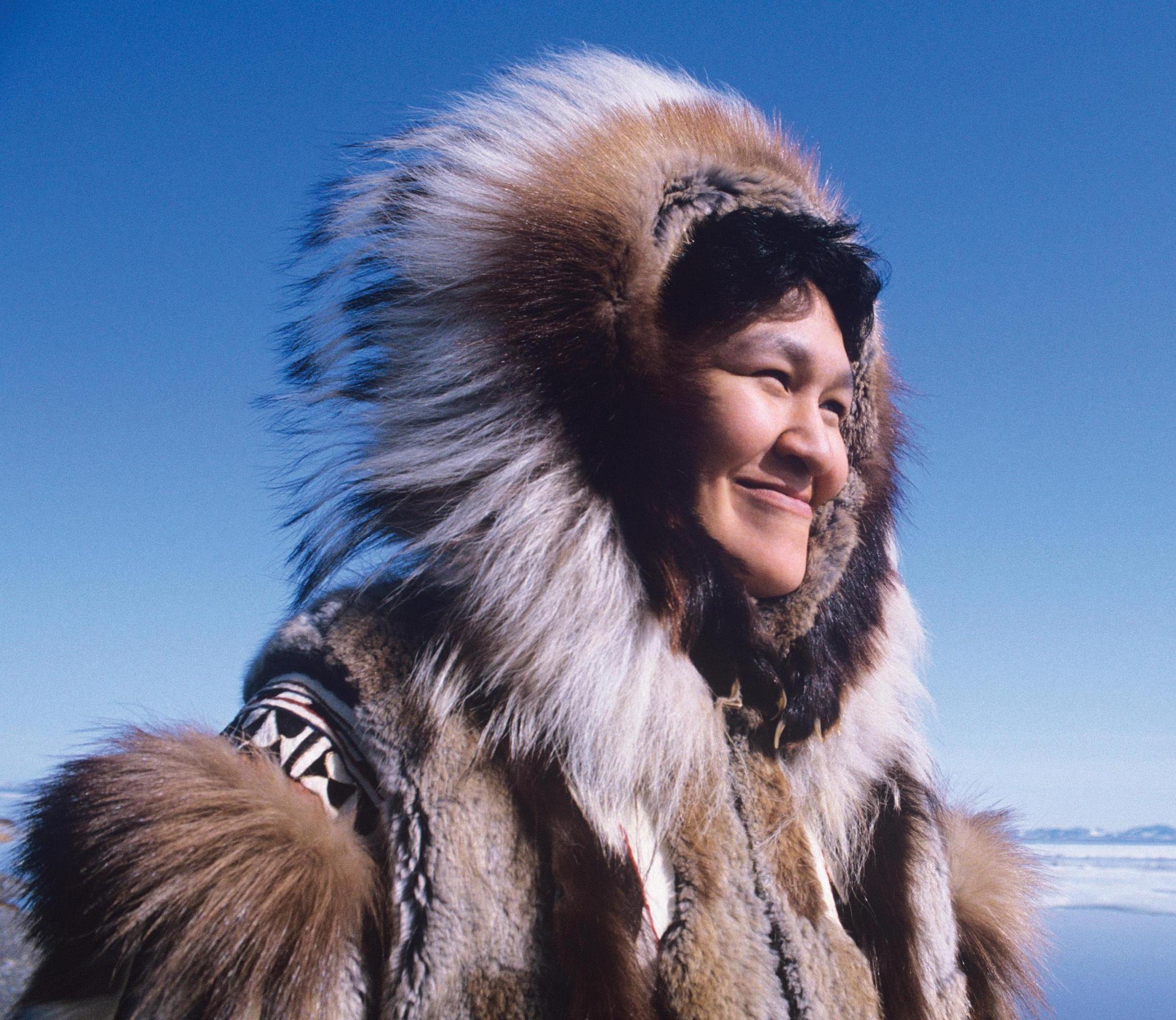CLIMATE SHAPES SPECIES
Down To Earth
|January 16, 2025
Gradual changes in a population that lives in a region with environmental shifts give rise to new species

CHANGES IN water availability, rainfall, temperature and humidity, either globally or locally, can shape evolution. When we look at the origin and evolution of humans, many climatic changes have occurred over millions of years. Six million years ago, human ancestors separated from a branch comprising of chimpanzees and gorillas.
This new branch became known as hominin, which includes humans, extinct humans, and our immediate ancestors that could walk upright. This change corresponded to climatic changes.
We have evolved from unicellular organisms, thanks to climatic conditions. If conditions had not changed, perhaps there would have only been microbes in the ocean. If you look at life as a tree, the branches kept changing until humans reached a particular branch. The bacteria that did not change perhaps lived in an environment that was constant, so they stayed the same.
If there are gradual changes in a population, and a part of it lives in a region witnessing environmental changes, it gives rise to new species.
There are two kinds of changes: genetic and phenotypic (observable, physical changes). Even now, genetic changes keep happening automatically. But they do not necessarily translate to changes in the human body or physical appearance. Physical changes occur only if there is a change in our diet or locomotion. For example, if a species ingests tough food, it will develop a heavy jaw. If it evolves to consume softer food, a heavy jaw is useless, and it recedes.
Simply put, if the climate does not change, humans or any living being will not evolve. When climatic conditions change, they induce changes in vegetation, and that has shaped human evolution.
यह कहानी Down To Earth के January 16, 2025 संस्करण से ली गई है।
हजारों चुनिंदा प्रीमियम कहानियों और 10,000 से अधिक पत्रिकाओं और समाचार पत्रों तक पहुंचने के लिए मैगज़्टर गोल्ड की सदस्यता लें।
क्या आप पहले से ही ग्राहक हैं? साइन इन करें
Down To Earth से और कहानियाँ

Down To Earth
KING OF BIRDS
Revered for centuries, western tragopan now needs protection as its forests shrink, human pressures mount
3 mins
December 16, 2025

Down To Earth
WHISKERS ALL AQUIVER
Climate change threatens creatures that have weathered extreme environments for thousands of years
2 mins
December 16, 2025

Down To Earth
GOLDEN SPIRIT
Survival of the shy primate is closely tied to the health of Western Ghats
3 mins
December 16, 2025

Down To Earth
RINGED EYES IN THE CANOPY
Rapid habitat destruction forces arboreal langur to alter habits
2 mins
December 16, 2025

Down To Earth
HANGING BY THE CLIFF
The Himalaya's rarest wild goat is on the brink of local extinction
2 mins
December 16, 2025

Down To Earth
ANGEL OF THE BEAS
Conservation reserves, citizen science, and habitat protection give the Indus River dolphin a fighting chance in India
2 mins
December 16, 2025

Down To Earth
UNDER MOONLIT SCRUB
Survival of this hidden guardian tells us whether our scrublands still breathe
2 mins
December 16, 2025

Down To Earth
SYMBOL OF SILENT VALLEY
Lion-tailed macaque remains vulnerable despite past victories
2 mins
December 16, 2025

Down To Earth
THE APE IN OUR STORIES
India's only non-human ape species is a cultural icon threatened by forest fragmentation
2 mins
December 16, 2025

Down To Earth
SENTINEL OF THE HIGH COLD DESERT
The bird's evocative call may not continue to roll across the cold desert valley for long
3 mins
December 16, 2025
Listen
Translate
Change font size

